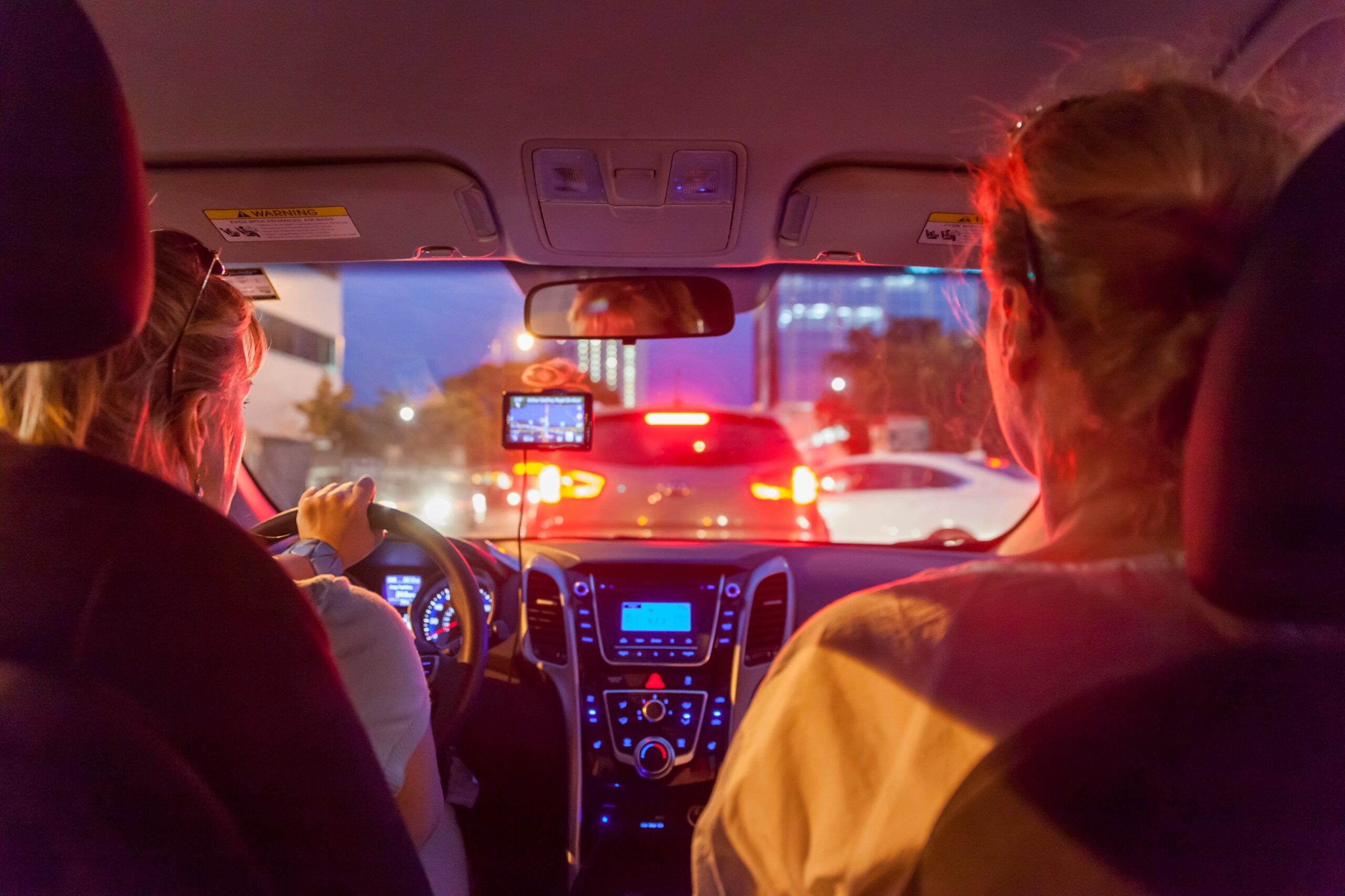Every driver needs to use basic driver hand signals as standard practice since these methods…
What If the Lyft Driver Was Off-Duty During the Crash? – Guest Post

San Bernardino is a region where rideshare services like Lyft are widely used. Legal questions quickly arise when a Lyft driver is involved in a crash. But what if the driver was off-duty at the time?
What Does “Off-Duty” Mean for a Lyft Driver?
Lyft drivers work as independent contractors, not employees. Their status shifts depending on whether they are actively using the app. Drivers are considered off-duty when they are not logged into the Lyft platform and are not accepting rides. In this mode, the driver essentially uses their vehicle for personal use, and Lyft does not consider them under its umbrella at that moment.
Liability in Off-Duty Lyft Accidents
A San Bernardino Lyft injury lawyer can clarify a common misconception: if a Lyft driver is off-duty during an accident, Lyft’s commercial insurance does not apply. Instead, the driver’s auto insurance is the primary source of compensation. Many victims wrongly assume Lyft is always responsible in such cases.
For instance, the company typically holds no liability if a San Bernardino Lyft driver rear-ends another vehicle while not working. The injured party must pursue a claim through the driver’s private insurance, not Lyft’s coverage. Legal guidance is crucial in such situations.
Implications for Injury Victims
For those injured in a crash with an off-duty Lyft driver, the legal path to compensation may be more limited. Personal insurance policies often have lower coverage limits than Lyft’s commercial policies. This can affect how much an injured party can recover, especially in severe or significant property damage cases.
Victims should be aware that if the personal policy is insufficient to cover damages, there may be limited options for additional compensation unless other liable parties or sources of recovery can be identified.
Determining the Driver’s Status
A major legal issue in such cases is determining whether the driver was genuinely off-duty during the accident. Attorneys often examine;
- App activity logs
- Phone records
- Dashcam footage
- Witness testimony
If evidence shows the driver had just dropped off a passenger or was en route to pick someone up, even without a passenger in the car, Lyft’s insurance may kick in partially or fully. This distinction is crucial and often contested.
California Law and Rideshare Liability
California law requires rideshare companies like Lyft to carry a tiered insurance policy:
1. Off-duty (app off)
Driver’s insurance only
2. App on, no passenger
Limited Lyft coverage $50,000 per person, $100,000 per accident, $25,000 property
3. Passenger on board or en route
Full commercial coverage up to $1 million
San Bernardino courts will rely on this framework when evaluating liability in Lyft-related crashes.
Final Thoughts
The legal landscape shifts significantly if a Lyft driver is off-duty during a crash. Lyft’s liability coverage may not apply, and responsibility could fall solely on the driver’s insurance. Whether a driver is considered “off-the-clock” hinges on specific legal criteria. Anyone affected by such an incident should seek legal guidance to understand potential claims, as determining liability is often a complex task.

